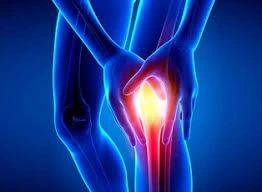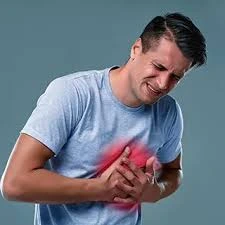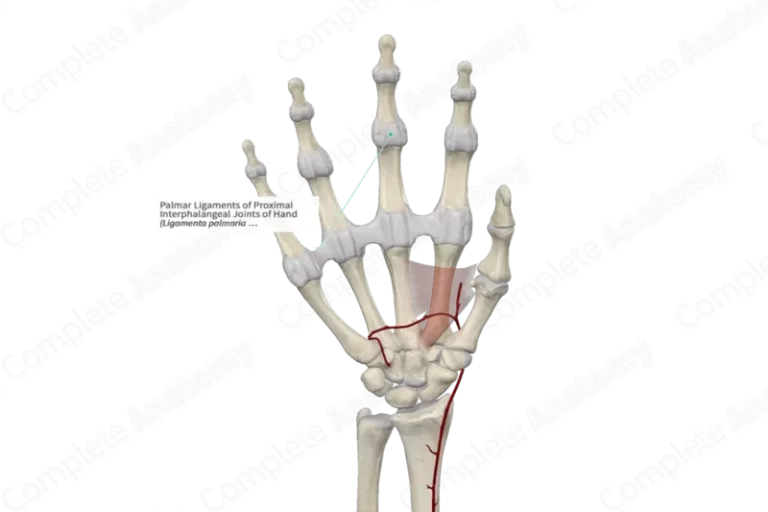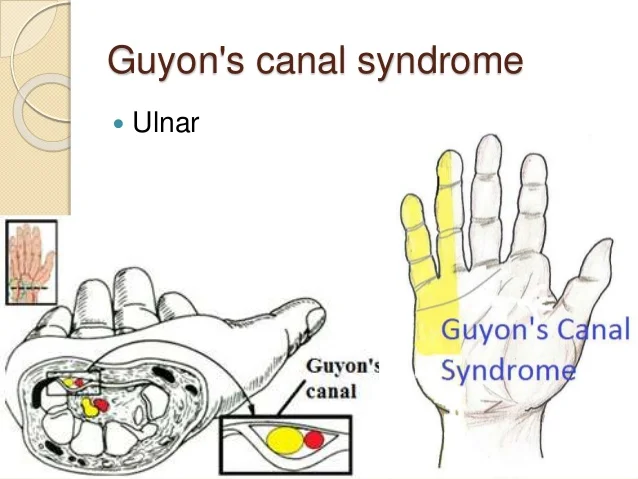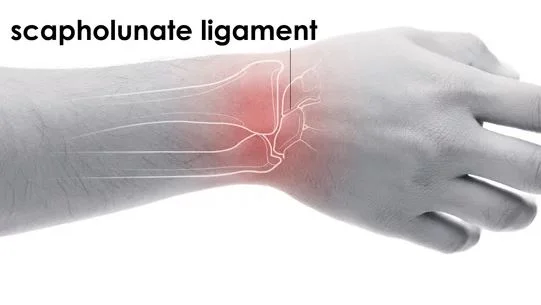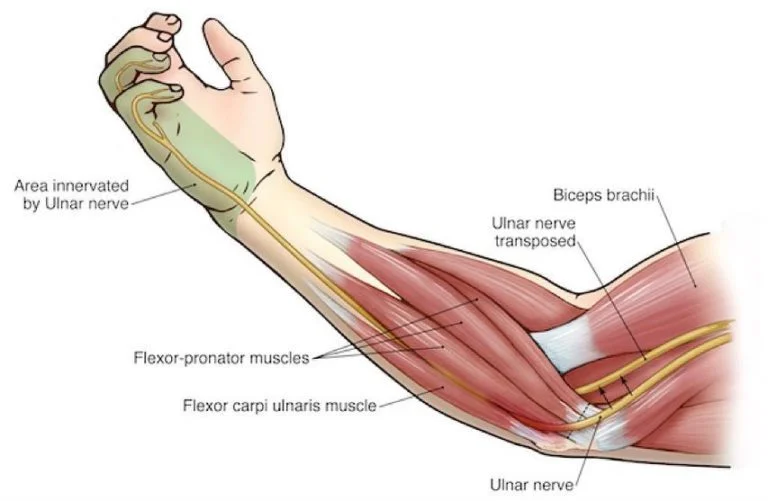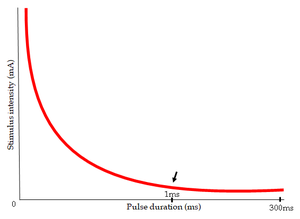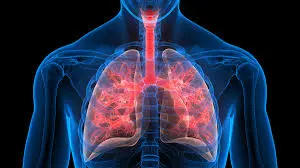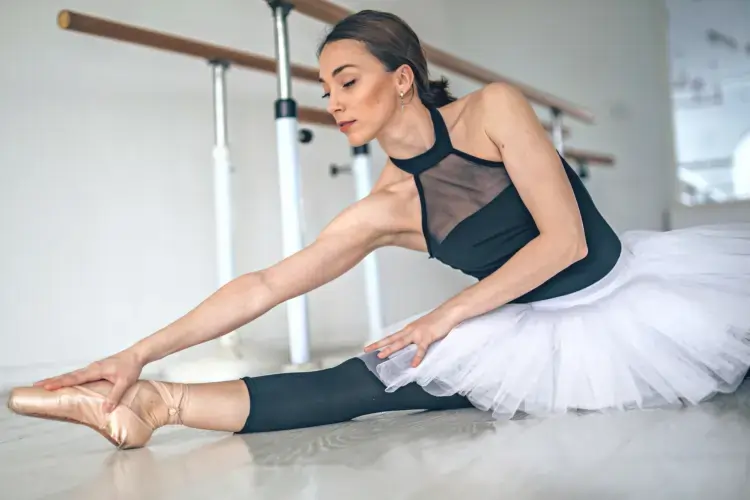Plica Syndrome
What is Plica Syndrome? Plica syndrome is a disorder that causes pain and discomfort by irritating or inflaming the plica, a fold of tissue in the knee joint. Usually caused by overuse or repetitive motions, it can cause symptoms like swelling, clicking, and knee pain. Rest, physical therapy, anti-inflammatory medications, and in certain situations, surgery,…

